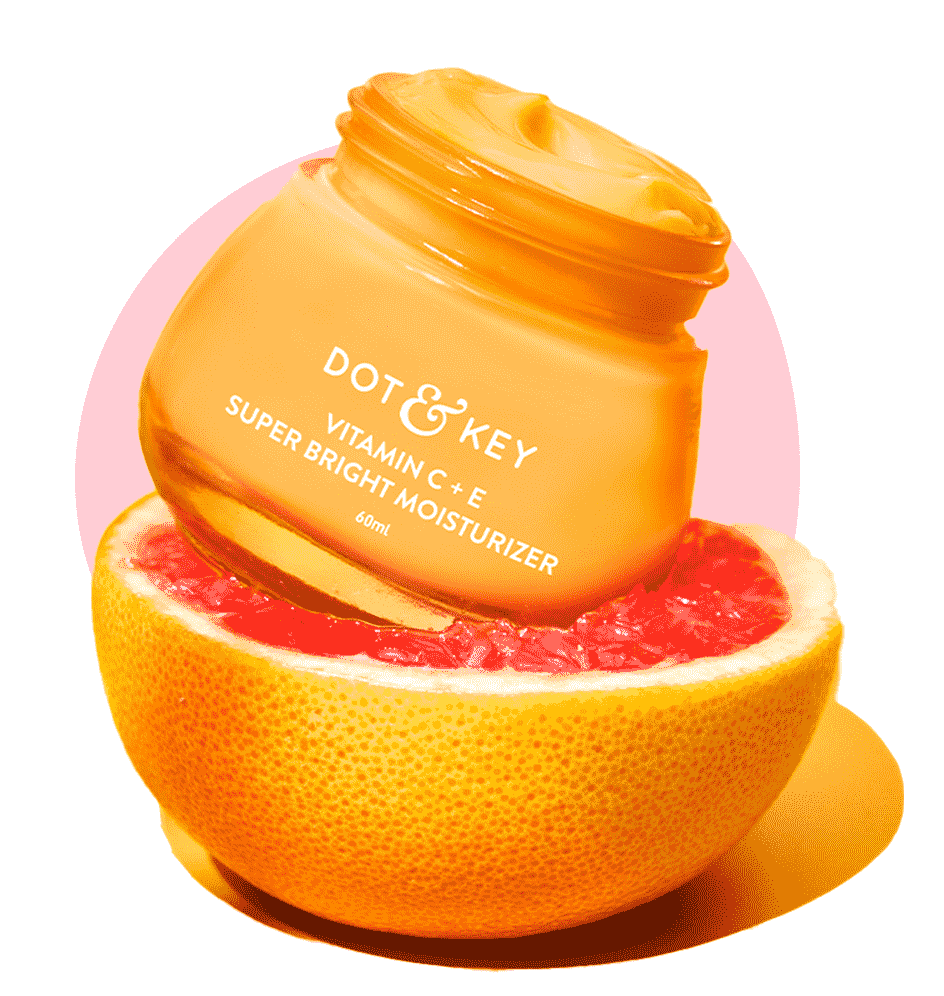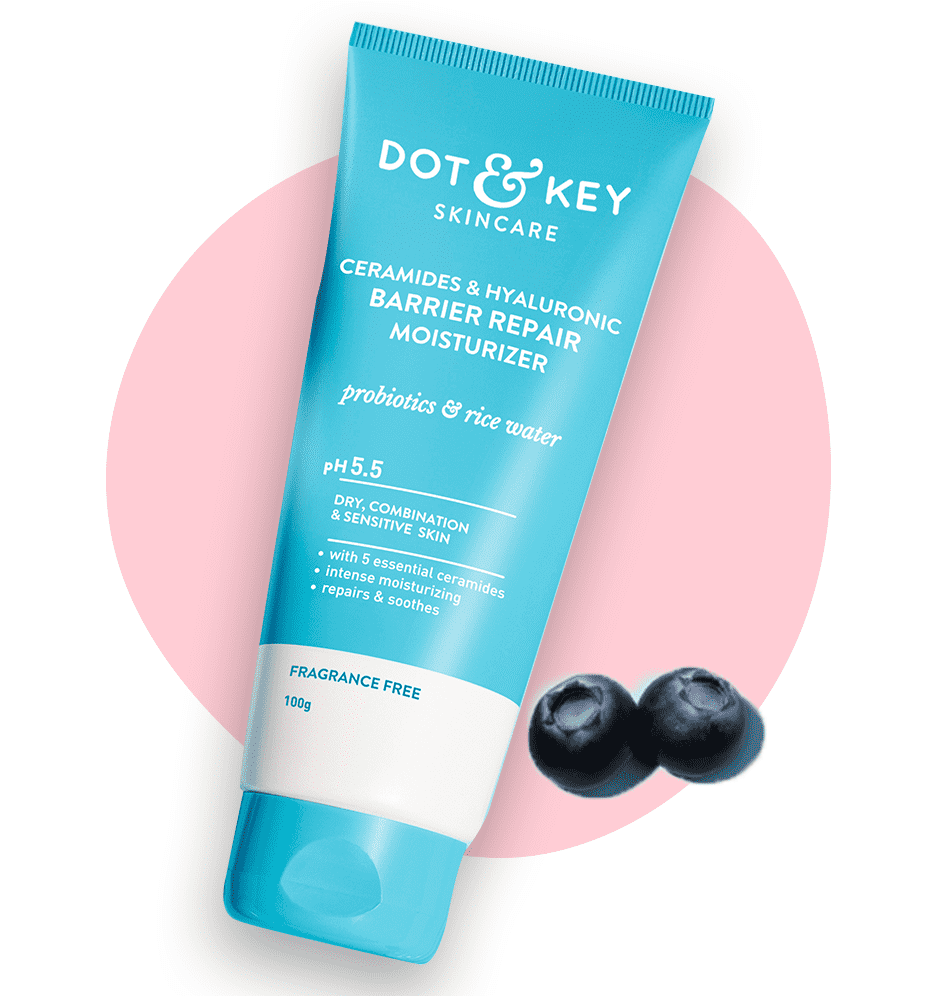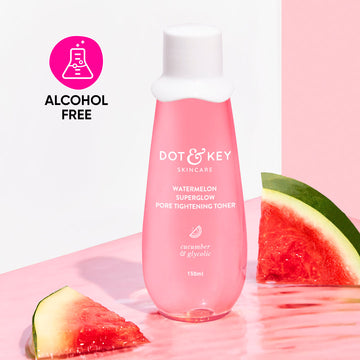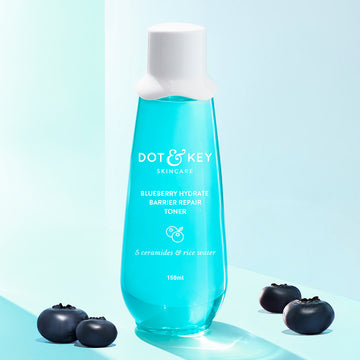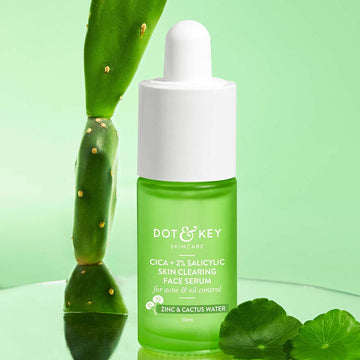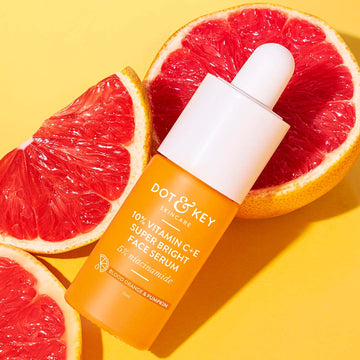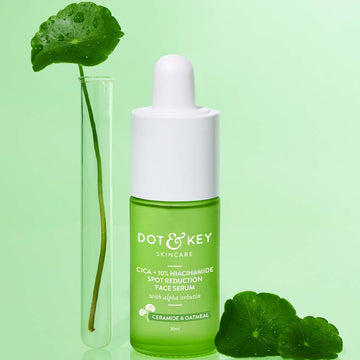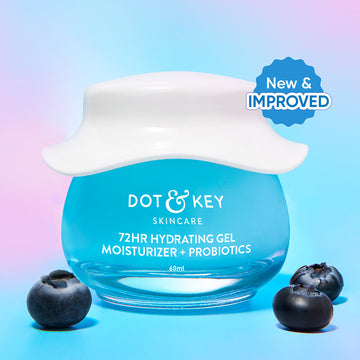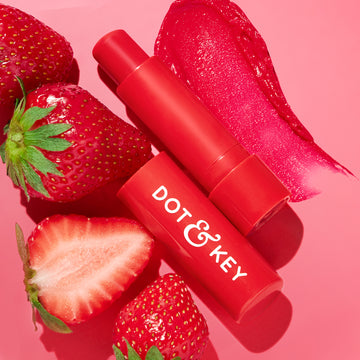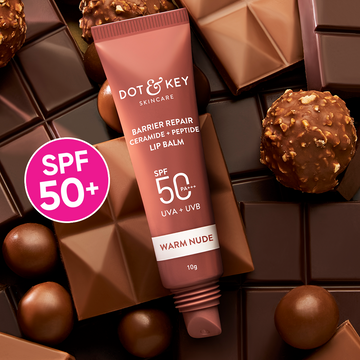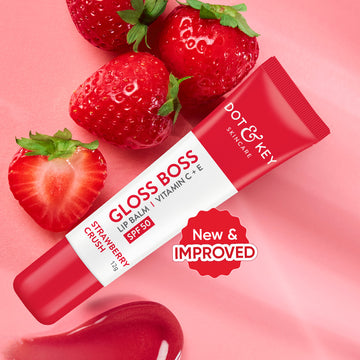
Dealing with oily skin can feel like a constant battle. The shine, the clogged pores, and the occasional breakout can make it difficult to keep your skin looking fresh throughout the day. But with the right morning skincare routine, you can control excess oil and keep your skin looking healthy and balanced. In this guide, we’ll break down the causes of oily skin and give you a step-by-step routine to help you start your day with confidence.
What Causes Oily Skin?
Oily skin occurs when the sebaceous glands in your skin produce too much sebum (oil). Sebum is essential for keeping your skin moisturized, but when it’s produced in excess, it can lead to a shiny appearance, clogged pores, and acne. There are several factors that contribute to oily skin, and understanding these can help you manage it effectively.
Key Causes of Oily Skin:
- Genetics: Genetics play a significant role in determining your skin type. If your parents have oily skin, it’s likely that you will too. A study published in the Journal of Clinical and Aesthetic Dermatology shows that sebum production is largely influenced by genetics.
- Hormonal Fluctuations: Hormonal changes, particularly during puberty, pregnancy, or menstruation, can trigger an increase in oil production. Androgens, the hormones that stimulate the sebaceous glands, are often responsible for this excess oil. Research has found a strong link between hormonal activity and increased sebum production, particularly in younger individuals.
- Stress: When you're stressed, your body produces more cortisol, which can increase oil production. Studies have shown that elevated stress levels can lead to an increase in acne and oily skin.
- Climate and Weather: Hot, humid environments can also lead to increased oil production. Your skin tends to produce more oil in warmer weather to protect itself from drying out, according to findings in Dermatologic Therapy.
- Incorrect Skin Care Products: Using products that are too harsh or not formulated for your skin type can strip your skin of its natural oils, prompting it to produce even more sebum to compensate.
Step-by-Step Morning Skin Care Routine for Oily Skin
Here’s a detailed, step-by-step guide on how to control excess oil, reduce shine, and keep your skin looking fresh all day.
Step 1: Cleanser
Cleansing is a crucial first step for oily skin. It helps remove excess oil, dirt, and any impurities that have built up overnight. A gentle, foaming cleanser with ingredients like salicylic acid can help regulate oil production and keep pores clean without over-drying the skin. Salicylic acid is a beta-hydroxy acid (BHA) that penetrates deep into pores to remove excess sebum, as shown in a study published in The Journal of Dermatology.
How to Do It:
- Wet your face with lukewarm water.
- Apply a small amount of cleanser like Dot & Key’s Cica Salicylic Face Wash.
- Massage it gently into your skin for 20 seconds, focusing on areas that tend to be oily, such as your forehead, nose, and chin.
- Rinse thoroughly and pat dry with a clean towel.
Products
Step 2: Toner
Using a toner is an important step to help balance your skin’s pH and tighten pores. For oily skin, choose an alcohol-free toner with ingredients like salicylic acid or cica, which can help remove excess oil & unclog pores of dirt & impurities without stripping your skin. Studies have shown that Cica (Centella Asiatica) has anti-inflammatory and oil-controlling properties, making it a great choice for oily skin.
How to Do It:
- After cleansing, apply the toner to a cotton pad or use your hands to pat it on your skin.
- Gently sweep it across your face, paying extra attention to your T-zone.
- Let the toner absorb completely before moving on to the next step.
Products1
Step 3: Serum
Serums are concentrated treatments designed to target specific skin concerns. For oily skin, a lightweight serum containing niacinamide and cica can help regulate oil production and minimize the appearance of enlarged pores. Niacinamide, also known as vitamin B3, has been shown in studies to control excess oil and fade dark spots & acne scars.
How to Do It:
- Apply 2-3 drops of a face serum that controls excess oil & treats dark spots, such as Dot & Key’s Cica + 10% Niacinamide Serum.
- Gently press the serum into your skin, focusing on areas that tend to be more oily.
- Allow it to fully absorb before applying moisturizer.
Products2
Step 4: Moisturizer
Moisturizing is essential, even if you have oily skin. Skipping moisturizer can cause your skin to produce even more oil to compensate for the lack of hydration. Choose a lightweight, oil-free moisturizer that provides hydration without clogging pores. A gel-based moisturizer is often the best choice for oily skin, as it hydrates without feeling heavy.
How to Do It:
- Take a pea-sized amount of moisturizer, like Dot & Key’s Cica Oil-Free Gel Moisturizer.
- Gently apply it across your face, focusing on the drier areas while keeping the T-zone light.
- Allow it to fully absorb before applying sunscreen.
Products3
Step 5: Sunscreen
Sunscreen is a must, even for oily skin. Many people with oily skin skip sunscreen, fearing that it will make their skin feel greasy, but skipping this step can lead to sun damage and premature aging. Look for an ultra-light sunscreen with broad-spectrum protection & infused with calming ingredients like cica & niacinamide. Studies show that sunscreens formulated for oily skin, especially gel-based or mattifying options, help protect the skin while keeping excess oil in check.
How to Do It:
- Apply a generous amount of sunscreen with SPF 50+, like Dot & Key’s SPF 50+ Cica Niacinamide Mattifying Sunscreen, all over your face.
- Make sure to cover areas that tend to get oily, such as your forehead and nose.
- Reapply every two hours if you’re spending a lot of time outdoors.
Products4
Step 6: Lip Balm
It’s easy to overlook lip care, but your lips need protection too—especially from UV damage. Use a hydrating lip balm infused with ceramides, peptides, shea butter, and avocado oil to keep your lips soft and prevent dryness. Choose a lip balm with SPF 30 or higher to protect your lips from sun damage and reduce lip tanning.
How to Do It:
- Apply a generous layer of lip balm after completing your skincare routine.
- Reapply throughout the day as needed, especially if you’re spending time in the sun.
Products5
FAQs
1. What type of cleanser is best for oily skin in the morning?
Use a gentle gel-based cleanser with ingredients like salicylic acid or cica oil to remove excess oil, unclog pores, and prevent breakouts without over-drying your skin.
2. Should I use a moisturizer in the morning if I have oily skin?
Yes, moisturizing is essential even for oily skin. Choose a lightweight, oil-free, non-comedogenic moisturizer that provides lightweight hydration without clogging pores.
3. How often should I exfoliate oily skin in the morning?
You should exfoliate 2-3 times a week using a gentle chemical exfoliant like salicylic acid & cica to remove dead skin cells, prevent clogged pores, and control excess oil production. https://www.dotandkey.com/products/acne-green-clay-mask
4. What kind of serum is best for oily skin in the morning?
A serum with niacinamide or salicylic acid is ideal for oily skin. Niacinamide effectively fades acne scars & dark spots, while salicylic acid controls excess oil. Serum infused with Cica with any of these two ingredients helps control excess oil & acne while soothing redness & inflammation.
5. Is sunscreen necessary for oily skin?
Yes, sunscreen is essential to protect your skin from UV damage. Opt for an ultra-light, mattifying sunscreen with SPF 50+ that provides a matte finish while soothing inflammation & redness caused by sun exposure.








